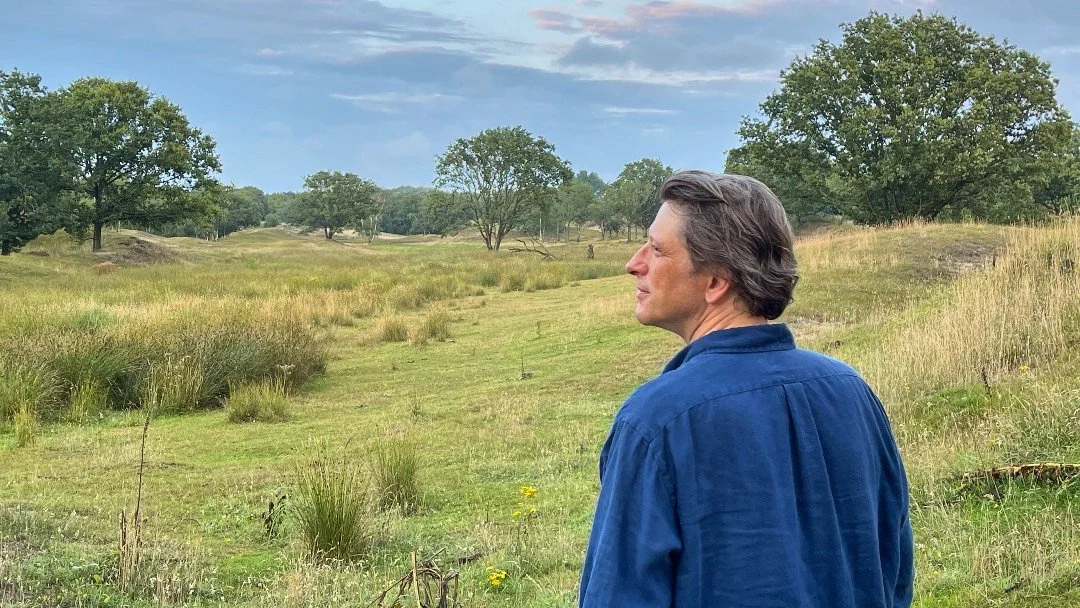A new pioneering research study proves that there is definitely a business case for introducing Biophilic Design into a Workplace. The findings of this study shows an incredible 200% increase in well-being and environmental value compared to a normal workspace! The research was carried out at PLP Offices over the course of 8 weeks. The researchers monitored the participants daily work during three distinct environment scenarios: a controlled space (with no plants), a second space with some planting, and a third space with lots of plants. They monitored participants through qualitative (questionnaires, interviews, journaling with diaries) and quantitative means (air quality, VOC, CO2, temperature, humidity, light, heart rate, steps, sleep quality, noise level, brainwaves). The results are further proof that introducing plants into an office space really makes a difference to employee wellbeing, healthy, productivity, and a business’ bottom line.
In this podcast, we speak with Adrian Byne, MD of Benholm Group who supported the research, providing plants and also who will be hosting an event in their Falkirk offices for designers to explore the results with the researchers and network and discuss what makes a good biophilically designed workplace.




















